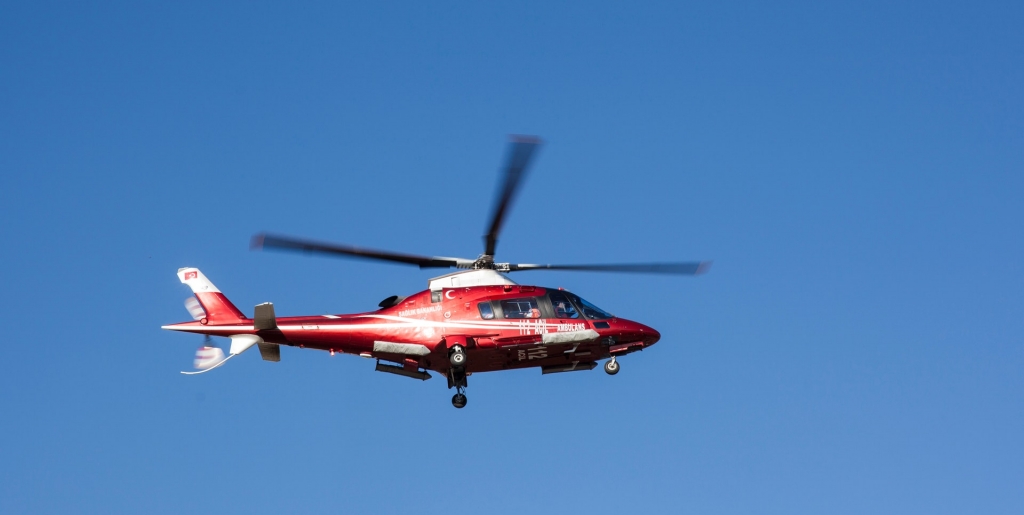Air Ambulance
Many times, getting into a medical jam does not take place in the most ideal places. Most of us have medical insurance and the corresponding hospital/medical group that treats us. If you’re living in St. Louis and suffer an accident in St. Louis, the steps are clear. But what if you’re hang-gliding in Borneo and are downed on an archipelago? Ever consider that? Well, in cases like that, the air ambulance is your go-to resource.
As it sounds, air ambulances are simply planes, or helicopters outfitted and manned with personnel trained to keep patients stable and treated while in route to a hospital. The goal with any accident is getting a patient to medical services as quickly as possible. In some cases, this might be an ambulance (in a city setting). But that archipelago in Borneo likely does not count on ground service, so air is the next best thing.
Now, one can contract air ambulance services via their insurance policy, but before doing so should understand some things. First up, knowing the company’s safety record is paramount. Currently there are no industry standards in place for air ambulance services. With that said, most companies count on impeccable safety records. The famed Mayo Clinic for example is accredited by the Commission on Accreditation of Medical Transport Systems (CAMTS), and other clinics abide by similar, rigorous standards. Second, it is imperative to understand the type of aircraft that will be used. Everything from small and compact, to large, non-pressurized planes are common. Industry standards recommend pressurized, all-weather aircraft that is dedicated nearly 100% to medical transport. The cabin should be used for medical transportation and not double as charter flights or carrying freight.
Another point to keep an eye on is the medical equipment is reviewed routinely to ensure appropriate stock and that some items have not expired. This has unfortunately been an issue with some providers and we personally cannot imagine anything worse. Your loved one has been picked up and is being transported to a hospital and in route everyone discovers that there is either missing equipment or the equipment on hand is not up to standard and cannot be used. Yikes!
Next question – who exactly is piloting this bird? Great question, you or a dear family member or friend is being whisked away for additional care, but by whom exactly? Federal regulations require that aircraft be piloted by a single pilot who has logged a minimum of 1,500 hours of total flying time. Going back to the Mayo Clinic, they require two pilots per plane, and these are full-time staff members who do nothing more than emergency medical services. In fact, all Mayo Clinic pilots hold what is called an Airline Transport Pilot Certificate.
Getting a handle on the above mentioned will place you in good hands. Another tip – stop hang-gliding in Borneo!


Comments:
Login to leave a reply